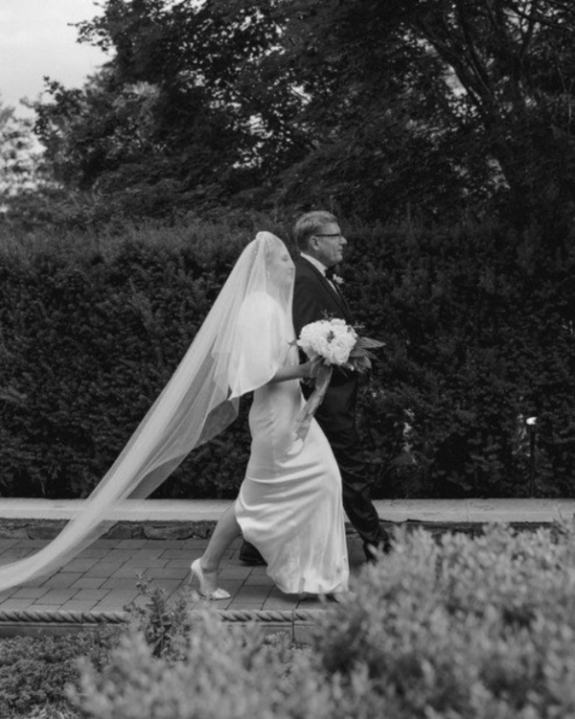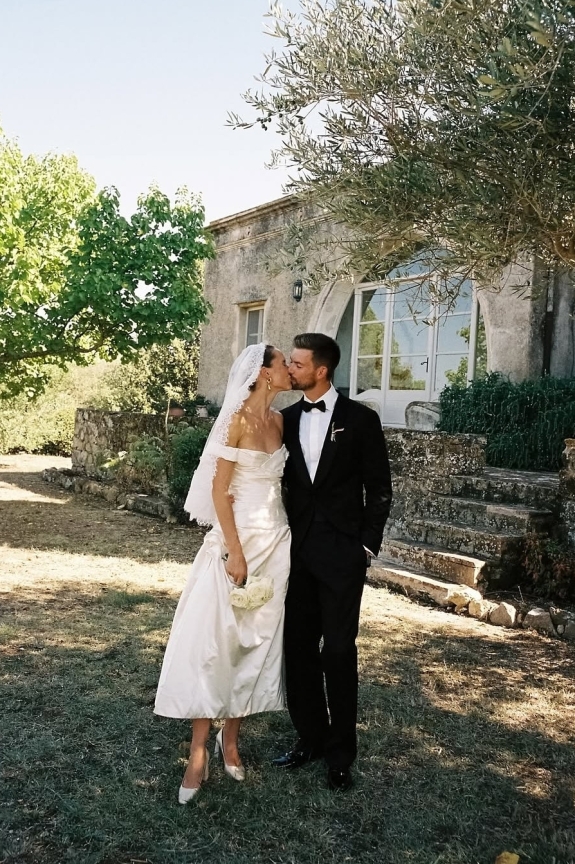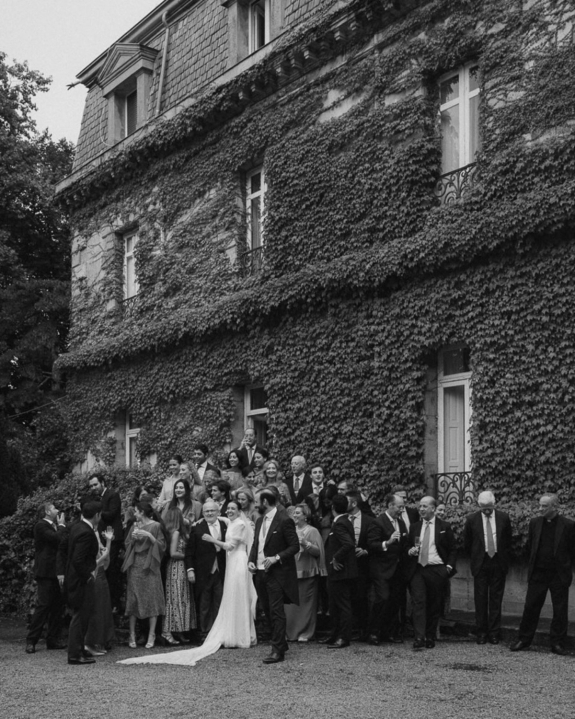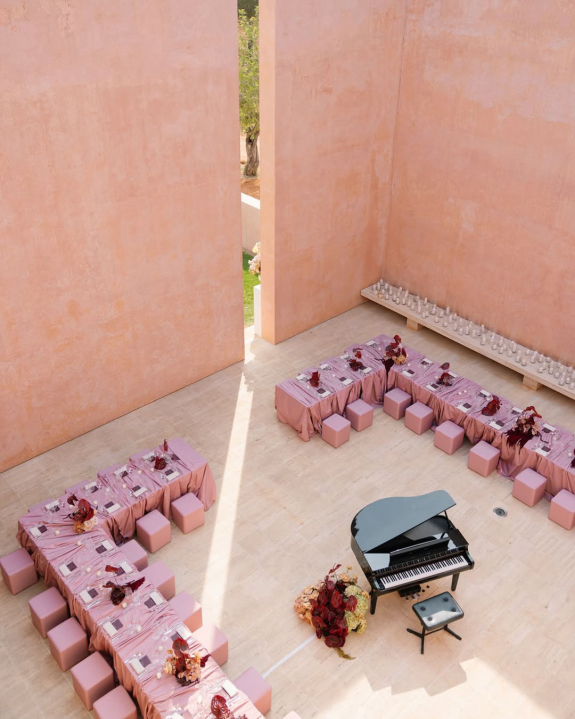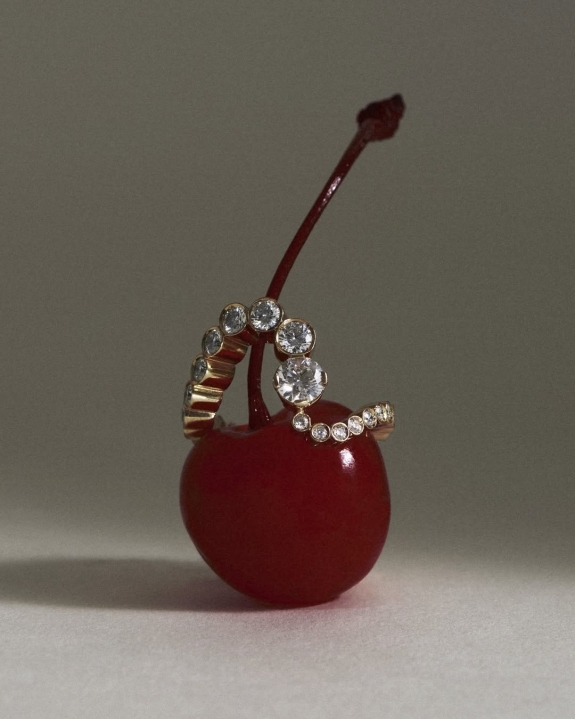Long gone are the days when every wedding followed a single rulebook—especially when it comes to finances. Today’s couples are approaching wedding costs in a variety of ways, influenced by tradition, family dynamics, cultural values, and financial realities. With more flexibility, however, comes more confusion. So how do you navigate who pays for what? Here, we break down the different ways couples are managing wedding expenses—from time-honored traditions to contemporary arrangements that reflect modern relationships. There's no one-size-fits-all answer, but there are plenty of thoughtful options to consider.
Dias de Vino Y Rosas, Emotions and Math
The Traditional Approach
For many couples, cultural or personal values make the traditional approach a meaningful and preferred choice. This custom typically sees the bride’s family covering the majority of the wedding costs, including the ceremony and reception venues, catering, décor, and the bride’s attire and beauty prep. They may also cover elements tied to the bridal party, such as gifts, bouquets, and accommodations for bridesmaids.
Meanwhile, the groom’s family traditionally contributes by covering the rehearsal dinner, entertainment (like a DJ or band), and often the bar tab. The groom is usually responsible for the marriage license, officiant fees, and transportation for the couple. While this structure has historical roots, many couples still follow it today—sometimes with adjustments—to honor family traditions or align with financial capacities.
Charlotte Macke Photography, Moments Lab
The 50/50 Split
In this set up, both families agree to evenly split the wedding expenses. It’s a straightforward option that often can feel fair—particularly when both families have similar budgets and share common visions for the celebrations. That said, this method only works well when both sides are equally, and of course able—and willing—to contribute. If one family has significantly more financial flexibility than the other, this setup can sometimes create strain or discomfort. The key is open communication and a shared understanding that “even” doesn’t always have to mean perfectly equal—it can also mean equitable based on what each party is comfortable giving.
A Self-Funded Approach
Many couples now choose to cover the entire cost of their wedding themselves. This is becoming increasingly popular (and even the norm!) as couples prioritize having complete control over their wedding decisions without needing to rely financially on family. For some, it's also a matter of practicality or preference—especially if there are strained, distant, or nontraditional relationships with family members. Others may simply feel more comfortable keeping money and family separate, or they may not want to place financial pressure on parents or loved ones. Whatever the reason, self-funding offers the freedom to plan your day entirely on your own terms.
The Three-Way Split
For couples looking for a balanced, collaborative option, this approach offers a practical solution: the couple and both families each contribute roughly a third of the wedding budget. It’s a thoughtful way to share the financial responsibility while giving everyone the chance to support the celebration in a meaningful way. When expectations are clearly communicated and everyone’s comfort levels are respected, this method can be both smooth and satisfying for all involved.
A Contribution-Based Approach
Rather than splitting costs evenly, some families and couples choose to cover specific “celebration” elements—like the welcome dinner, florals, or dessert—so there’s an option to contribute in ways that feel personal and practical. In other cases, the couple may take on core expenses themselves, such as the venue, planner, or attire, while loved ones support the moments that feel symbolic or festive. This approach allows the couple to maintain creative and financial control over the wedding’s central elements while still welcoming family support for meaningful extras. It’s a great middle ground for those who want to fund their own day, but still give parents or loved ones an opportunity to contribute in ways that feel celebratory rather than obligatory.
Bee Elton, Married in New York
The Gift Model
In this arrangement, families contribute a financial gift rather than covering specific elements of the wedding. The funds are typically given with no strings attached, allowing the couple to allocate them however they choose. This can be an ideal setup when families are eager to support but prefer to stay out of the decision-making process. The only caveat: boundaries should be clear. A gift is just that—a gift—and doesn’t automatically come with influence over the planning.


















